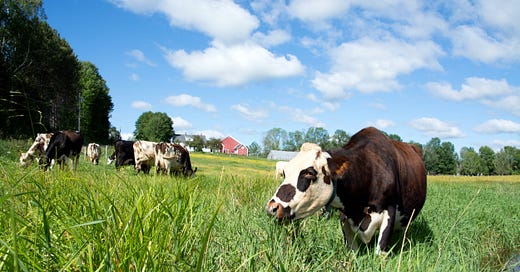Road Trip: My Inner Maine
With a couple of friends, I took off in the middle of last week to explore a part of Maine that tourists, unhappy souls, seldom see. Balfour Farm & Dairy is in the Somerset County town of Pittsfield, population around 4,000, and home to the erstwhile Central Maine E…
Keep reading with a 7-day free trial
Subscribe to On the Kitchen Porch to keep reading this post and get 7 days of free access to the full post archives.




